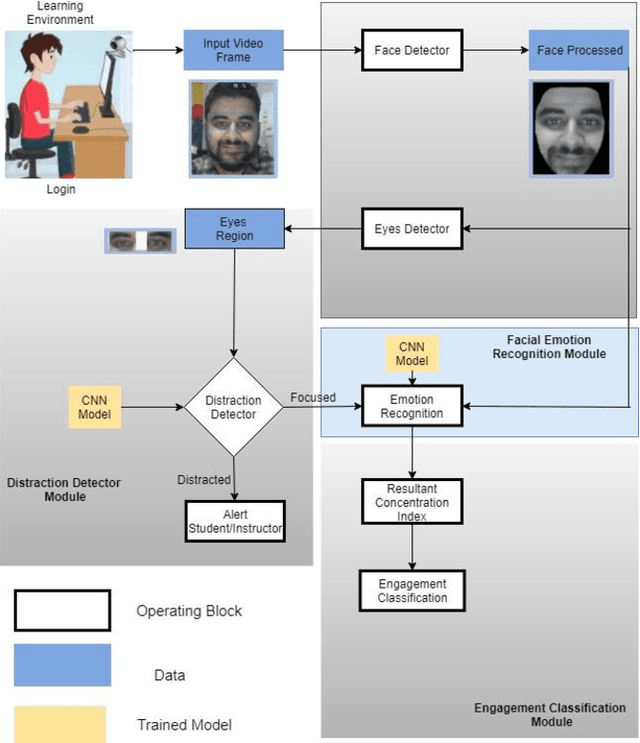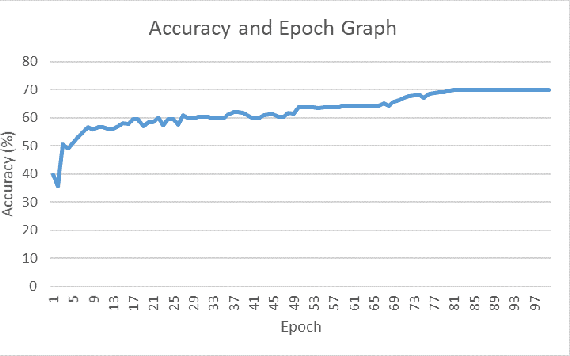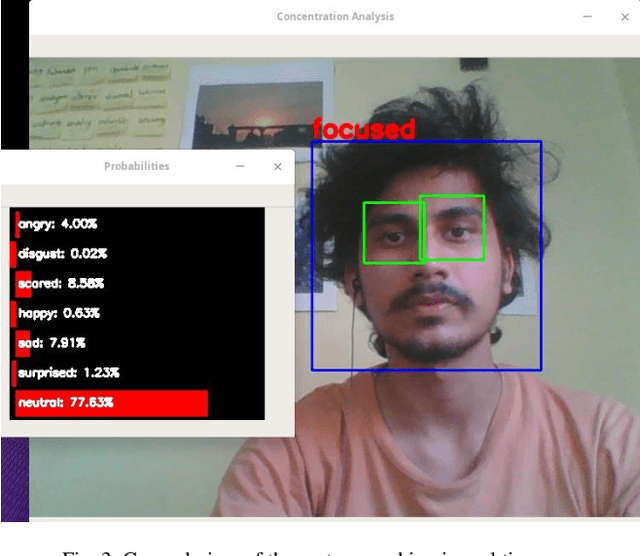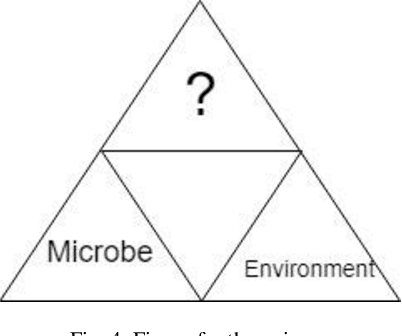Subash Gautam
Screening Autism Spectrum Disorder in childrens using Deep Learning Approach : Evaluating the classification model of YOLOv8 by comparing with other models
Jun 25, 2023


Abstract:Autism spectrum disorder (ASD) is a developmental condition that presents significant challenges in social interaction, communication, and behavior. Early intervention plays a pivotal role in enhancing cognitive abilities and reducing autistic symptoms in children with ASD. Numerous clinical studies have highlighted distinctive facial characteristics that distinguish ASD children from typically developing (TD) children. In this study, we propose a practical solution for ASD screening using facial images using YoloV8 model. By employing YoloV8, a deep learning technique, on a dataset of Kaggle, we achieved exceptional results. Our model achieved a remarkable 89.64% accuracy in classification and an F1-score of 0.89. Our findings provide support for the clinical observations regarding facial feature discrepancies between children with ASD. The high F1-score obtained demonstrates the potential of deep learning models in screening children with ASD. We conclude that the newest version of YoloV8 which is usually used for object detection can be used for classification problem of Austistic and Non-autistic images.
Student Engagement Detection Using Emotion Analysis, Eye Tracking and Head Movement with Machine Learning
Sep 18, 2019



Abstract:With the increase of distance learning, in general, and e-learning, in particular, having a system capable of determining the engagement of students is of primordial importance, and one of the biggest challenges, both for teachers, researchers and policy makers. Here, we present a system to detect the engagement level of the students. It uses only information provided by the typical built-in web-camera present in a laptop computer, and was designed to work in real time. We combine information about the movements of the eyes and head, and facial emotions to produce a concentration index with three classes of engagement: "very engaged", "nominally engaged" and "not engaged at all". The system was tested in a typical e-learning scenario, and the results show that it correctly identifies each period of time where students were "very engaged", "nominally engaged" and "not engaged at all". Additionally, the results also show that the students with best scores also have higher concentration indexes.
 Add to Chrome
Add to Chrome Add to Firefox
Add to Firefox Add to Edge
Add to Edge